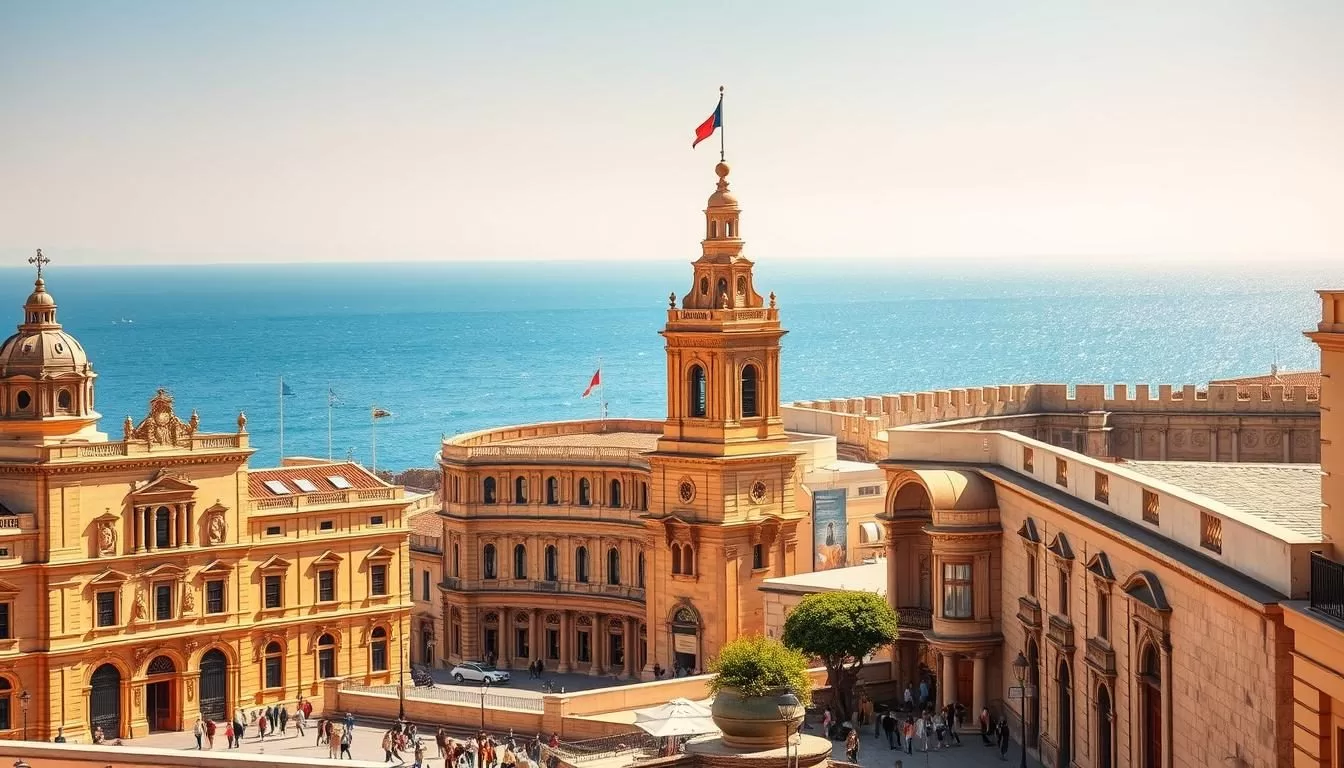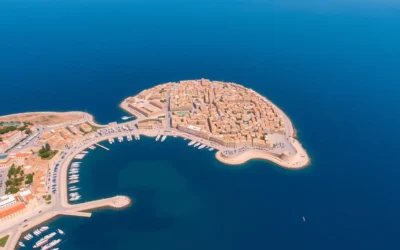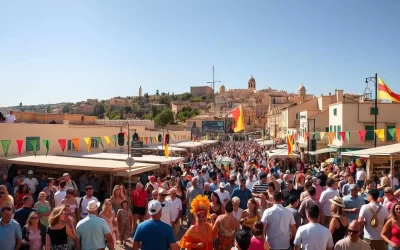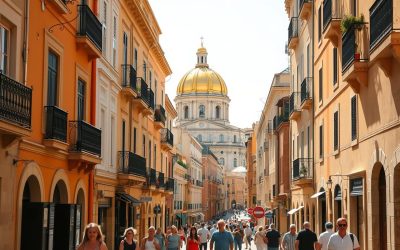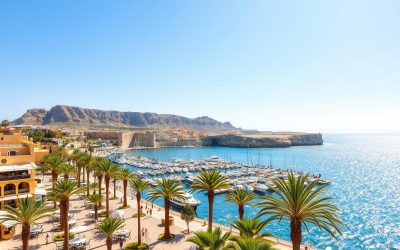✓ Accommodations✓ Flights✓ Rental Cars✓ Tours & Activities
Have you ever wondered about the unique linguistic landscape of Malta? This small island country boasts two official languages: Maltese and English. Maltese, a Semitic language written in the Latin alphabet, is the only one of its kind in the European Union. Its roots trace back to Siculo-Arabic, blending Arabic, Italian, and English influences over centuries.
Today, Maltese is spoken by over 95% of the population, while English is used by nearly 90%. This bilingualism plays a significant role in daily life, education, and government. English is also the preferred language for businesses and tourism, making it easy for visitors to navigate the island.
Understanding Malta’s languages offers a glimpse into its rich history and culture. From ancient Arab rule to British administration, each period has left its mark on the vocabulary and structure of Maltese. Dive deeper to explore how these languages shape life on this Mediterranean island.
Historical Background of Languages in Malta
The linguistic journey of Malta is a fascinating tale of cultural intersections. Over centuries, the island has been shaped by various rulers and settlers, each leaving their mark on its language and culture. From ancient times to the modern era, Malta’s linguistic evolution is a testament to its rich history.
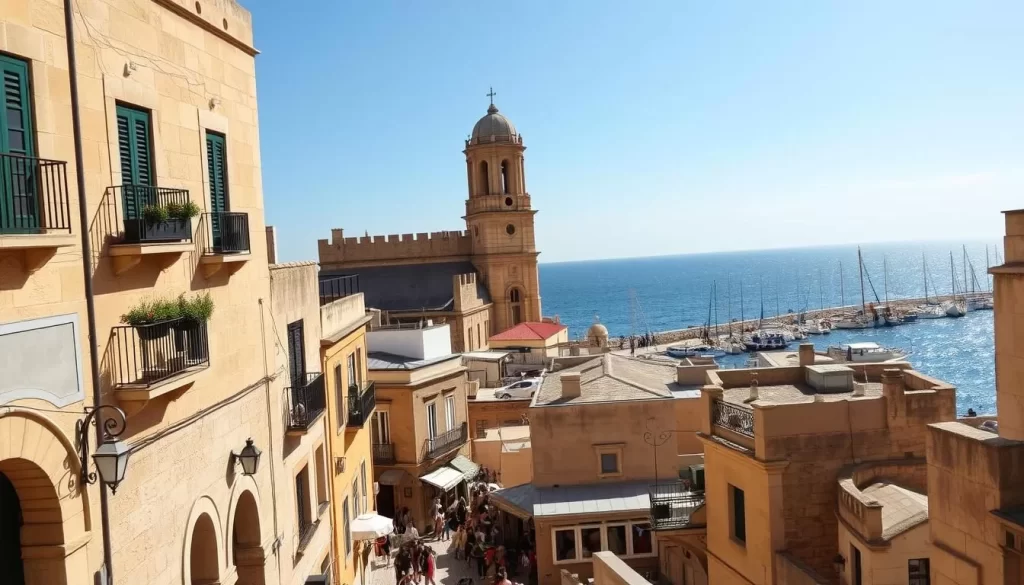
Ancient Influences and the Arab Legacy
Malta’s earliest language influences trace back to Greek and Latin, introduced during ancient settlements. However, the most significant impact came during the Arab period (870-1091). Siculo-Arabic, a dialect of Arabic, laid the groundwork for what would become the Maltese language. This period introduced a Semitic structure and vocabulary that still forms the core of Maltese today.
Norman Rule and the Knights of Malta Era
Following the Arab era, Norman conquests brought Latin and Italian influences. The Knights of Malta further enriched the linguistic landscape by introducing administrative Latin and Italian. This era saw the coexistence of multiple languages, shaping Malta’s unique bilingual identity.
These historical periods not only influenced the vocabulary but also the way languages were used in daily life. Understanding this background helps you appreciate how Malta’s linguistic diversity became a defining feature of its culture.
The Evolution of the Maltese Language
Discover how the Maltese language evolved through centuries of influence. Its roots trace back to Siculo-Arabic, a dialect that shaped its core structure. Over time, it absorbed Latin, Italian, and Sicilian elements, creating a unique blend of Semitic and Romance features.

Semitic Roots and Latin Influences
The Maltese language began as an Arabic dialect over 1,000 years ago. Its Semitic roots are evident in its grammar and vocabulary. Latin influences entered during the Norman and Knights of Malta periods, enriching its lexicon.
Today, the language retains its Semitic base while incorporating Romance elements. This mix makes it one of the most unique languages in the world.
Modern Standardization through Education and Media
Efforts to standardize Maltese began in the 18th century. The first orthography rules were established in 1924, paving the way for its use in education and media.
Schools now teach Maltese as a core subject, ensuring its preservation. Media outlets also play a vital role in promoting the language to new generations.
| Period | Influence | Impact |
|---|---|---|
| 9th-11th Century | Arab Rule | Introduction of Siculo-Arabic |
| 12th-16th Century | Norman Rule | Latin and Italian vocabulary |
| 18th Century | Standardization | Orthography rules established |
The Maltese alphabet, with its unique characters like ċ, ġ, and ħ, reflects this rich history. Its evolution continues to shape the way it is spoken and written today.
English in Malta: A Colonial Legacy
The story of English in Malta is deeply tied to its colonial past. After becoming a British Crown Colony in 1814, English was introduced as a key language for administration, education, and business. Even after independence in 1964, its role remained central to the country’s communication and governance.
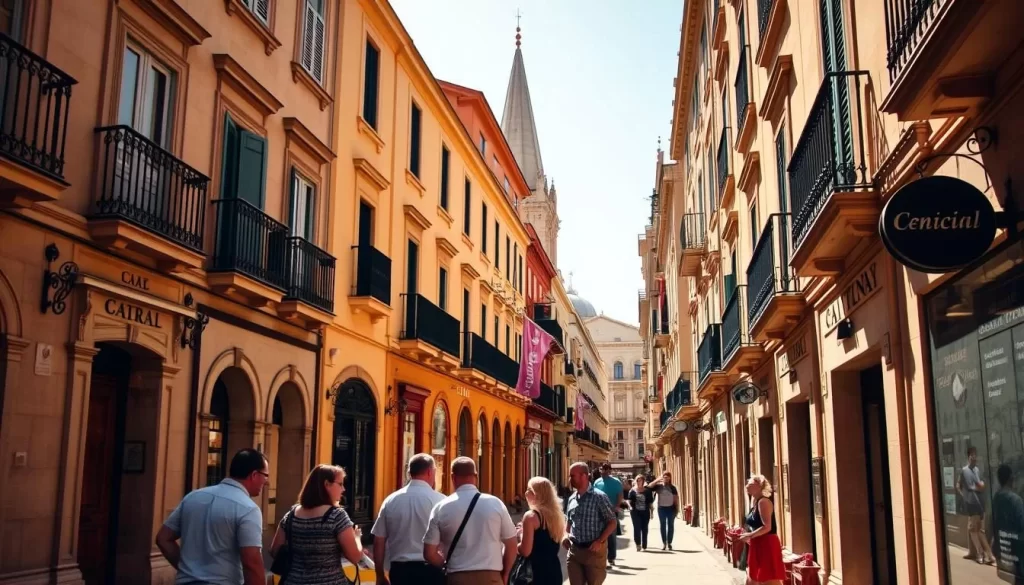
Adoption in Administration and Education
During British rule, English became the primary medium of instruction in schools. Today, it is the main language used in education at all levels. This ensures that students graduate with strong proficiency, preparing them for global opportunities.
In government, English is used alongside Maltese for official documents and communications. This bilingual approach reflects its importance in both local and international contexts.
Influence on Local Accents and Everyday Usage
The British legacy has also shaped local accents, often referred to as Maltenglish. This unique blend of Maltese and English is common in everyday conversations. It highlights the seamless integration of both languages in daily life.
- Bilingual signage is prevalent across the island, reinforcing the importance of English.
- Official documents are often available in both Maltese and English, ensuring accessibility for all.
Supporting Tourism and Business
English plays a vital role in Malta’s tourism industry. Its widespread use makes it easier for visitors to navigate the island and engage with locals. In business, English is the preferred language for international trade and communication.
From education to tourism, the British legacy has left an indelible mark on Malta’s linguistic landscape. English remains a cornerstone of modern Maltese society, bridging the gap between tradition and globalization.
Malta: Official and widely spoken languages
Understanding the legal framework behind Malta’s languages offers insight into its cultural identity. Both Maltese and English hold official status, recognized in the constitution and government documents. This dual recognition ensures that both languages play a vital role in daily life, education, and governance.
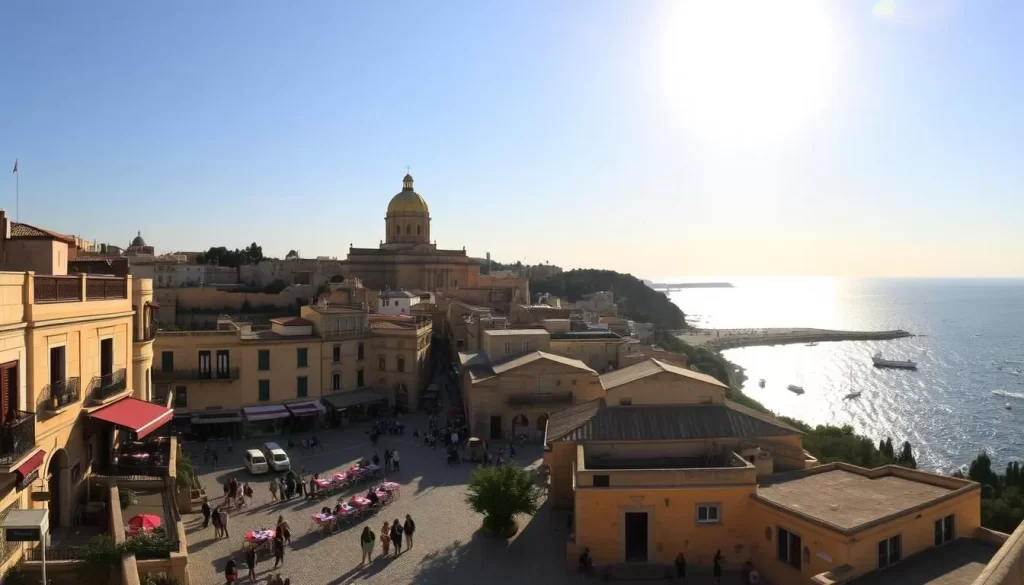
Official Status and Legal Recognition
What does it mean for a language to be official? In Malta, it means that both Maltese and English are used in legal, educational, and governmental contexts. The constitution explicitly outlines this status, ensuring equal importance for both languages.
Government documents, from laws to public signage, are available in both languages. This inclusivity ensures that every person, regardless of their primary language, can access essential information.
Historical Shift from Italian
Italian, once an official language until 1934, remains culturally significant. While it no longer holds official status, it is still widely spoken and understood. Around 66% of the population reports some proficiency in Italian, reflecting its enduring influence.
This shift highlights how linguistic policies evolve over time. Today, the focus is on maintaining a balance between Maltese and English, while still acknowledging the cultural impact of Italian.
Benefits of Legal Recognition
The legal recognition of both languages benefits communication, business, and education. For example, bilingual education ensures that students graduate with proficiency in both Maltese and English, preparing them for global opportunities.
In business, English is the preferred language for international trade, while Maltese remains central to local interactions. This balance fosters a unique linguistic environment that supports both tradition and globalization.
Public signage and legal texts are often multilingual, ensuring inclusivity for all speakers. This approach not only respects linguistic diversity but also strengthens Malta’s identity as a bilingual nation.
Italian and Other Influential Languages in Malta
The linguistic diversity of Malta extends beyond its official languages, reflecting centuries of cultural exchange. While Maltese and English dominate, Italian holds a special place in the country’s culture and history. Other European languages like French, Spanish, and German also enrich the island’s multilingual environment.
The Cultural Role of Italian in History
Italian was once an official language until 1934, deeply rooted in Malta’s past. Its influence dates back to the Italian Renaissance and remains strong today. Around 66% of the population can speak Italian, a testament to its enduring presence.
Italian media, particularly television, plays a significant role in keeping the language alive. Many Maltese people grew up watching Italian shows, which helped maintain fluency across generations.
French, Spanish, German, and Beyond
Beyond Italian, other European languages contribute to Malta’s rich linguistic tapestry. French is spoken by 20% of the population, while Spanish and German are also taught in schools.
These languages are not just academic subjects; they are part of everyday life. For example, French is often used in cultural exchanges, and German is popular among expatriates and tourists.
- Italian remains widely spoken, especially among older generations.
- French is part of the school curriculum, highlighting Malta’s European ties.
- Spanish and German are gaining popularity due to tourism and business.
Schools in Malta play a vital role in promoting multilingualism. Students learn multiple languages, preparing them for global opportunities. This approach ensures that the island’s linguistic heritage continues to thrive.
Cultural institutions and clubs also support this diversity. They organize events and activities that celebrate Italian, French, and other languages, fostering a sense of community among speakers.
To learn more about Malta’s linguistic landscape, visit Languages of Malta or explore Languages Spoken in Malta.
Impact of Multilingualism on Maltese Society
Multilingualism shapes the way communities thrive, and Malta is no exception. The ability to speak multiple languages opens doors to economic growth, cultural enrichment, and educational opportunities. This unique blend of linguistic skills has become a cornerstone of Maltese life.
Business, Trade, and Tourism Advantages
Proficiency in multiple languages gives Malta a competitive edge in international trade and tourism. Local businesses can communicate effectively with global partners, attracting investors and fostering economic growth.
For visitors, the widespread use of English makes it easy to navigate the island. This accessibility boosts tourism, creating a welcoming environment for travelers from around the world.
Cultural and Educational Benefits
Multilingual education prepares students for the global workforce. Schools in Malta teach both Maltese and English, ensuring graduates are proficient in both languages.
Exposure to different languages also enriches cultural understanding. It fosters a sense of community and strengthens ties between diverse groups.
For more insights on how multilingualism shapes education, explore The Language of Learning.
To understand the historical context of Malta’s bilingualism, visit Multilingualism in Maltese Society.
Conclusion
Languages here tell a story of resilience, adaptation, and cultural fusion. The evolution of Maltese and English reflects centuries of historical influences, from Arab rule to British administration. Italian and other foreign languages further enrich this vibrant linguistic landscape.
Multilingualism plays a key role in daily life, boosting business, tourism, and education. Students graduate with proficiency in multiple languages, preparing them for global opportunities. This unique blend of tradition and modernity defines the island’s identity.
Explore this remarkable culture further to appreciate how language shapes life here. Dive into the rich history and vibrant community that make this place truly special. For more insights, visit this detailed study.
The above is subject to change.
Check back often to TRAVEL.COM for the latest travel tips and deals.
